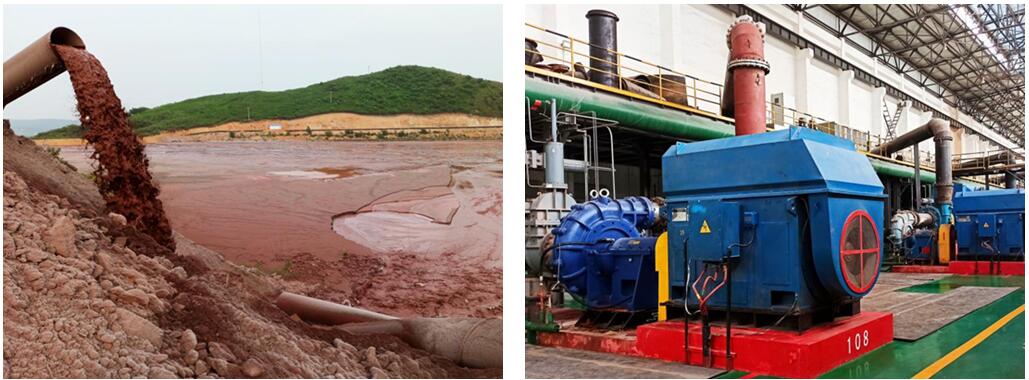If the whole drilling construction process is compared to human life activities, then the slurry pump, like the human heart, is the source of power for the continuous circulation of drilling fluid from the ground to the bottom of the well and then back to the ground from the bottom of the well. The slurry pump is an important part of the drilling equipment.
In the commonly used positive circulation drilling, it is to send the surface flushing medium - clean water, drilling fluid or polymer flushing fluid under a certain pressure, through the high-pressure hose, tap and the center hole of the drill pipe column, straight to the bottom of the drill bit, in order to cool the bit, remove the rock chips cut down and deliver them to the surface.

The commonly used drilling slurry pump is divided into piston or plunger type, which is driven by the power engine to rotate the crankshaft of the pump, and then the crankshaft drives the piston or plunger to do reciprocating movement in the pump cylinder through the crosshead. Under the alternating action of the suction and discharge valves, the purpose of pressure and circulation of drilling fluid is realized. During the drilling process, if the drilling pump does not work properly, a downhole drilling accident will occur, just like the human heart stops beating.
There are two types of slurry pumps, single-acting and double-acting. The single-acting mud pump only completes one suction and discharge action in one cycle of piston reciprocation. The double-action mud pump completes two suction and drainage actions per reciprocation. If classified according to the number of cylinders of the mud pump, there are three types of single-cylinder, double-cylinder and triple-cylinder.
The two main parameters of slurry pump performance are displacement and pressure. Displacement is calculated by discharging several liters per minute. It is related to the diameter of the borehole and the required flushing fluid from the bottom of the hole up to the speed. That is, the larger the diameter of the hole, the larger the required displacement. The pressure of the pump depends on the depth of the hole, the resistance of the channel through which the flushing fluid passes and the nature of the flushing fluid delivered. The deeper the hole, the higher the resistance of the pipeline and the higher the pressure required. As the diameter and depth of the borehole changes, the pump discharge volume is required to be adjusted at any time.
Previous: What is a self-aligning bearing?
Copyright:@2020-2021
Comments Please sign in or sign up to post.
0
0 of 500 characters used